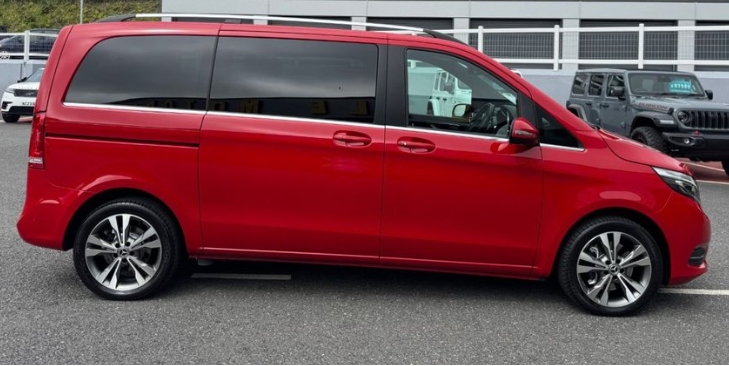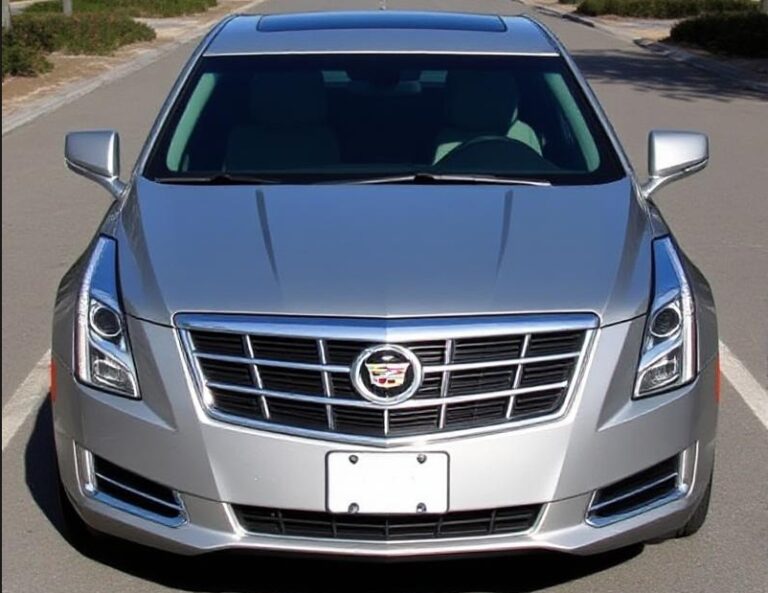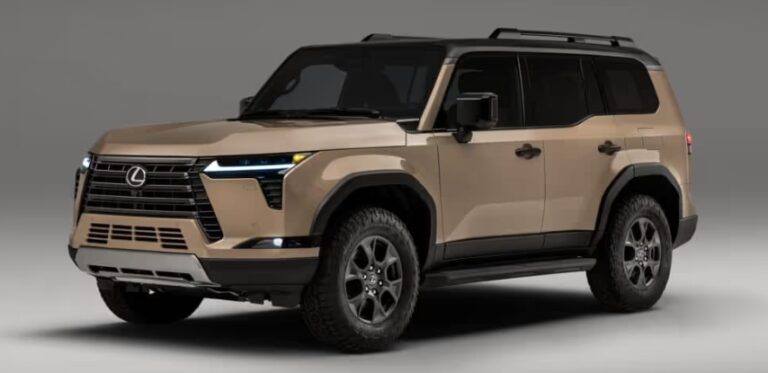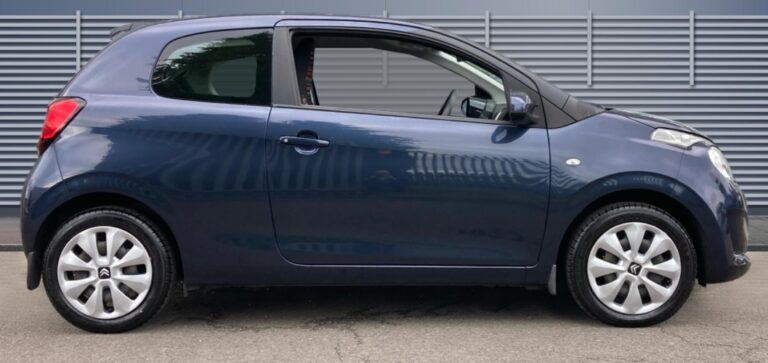From Utility to Unrivaled Luxury: The Three-Decade Evolution of the Mercedes-Benz V-Class
In the grand automotive theater, the multi-purpose vehicle (MPV), or minivan, has often been cast in a supporting role—a practical, family-oriented workhorse overshadowed by the glamour of sports cars and the prestige of luxury sedans. Yet, for nearly three decades, one vehicle has consistently challenged this stereotype, progressively blurring the lines between utilitarian space and executive-class comfort. This is the story of the Mercedes-Benz V-Class, a vehicle that has evolved from a capable but humble people-carrier into a veritable S-Class on wheels, a symbol of versatile luxury that is as comfortable serving as an executive shuttle as it is on a family camping trip.
The Genesis: The W638 Generation (1996-2003)
The V-Class narrative begins in 1996 with the introduction of the W638 generation. Born from a joint venture with Volkswagen and built in Vitoria-Gasteiz, Spain, this first iteration was a bold step for a brand synonymous with rear-wheel-drive luxury sedans. It was based on the commercial Vito van, a fact that was evident in its somewhat utilitarian origins, but Mercedes-Benz made a concerted effort to imbue it with passenger-car comforts.
A key engineering characteristic of the W638 was its front-wheel-drive layout, chosen to maximize interior space and create a flat floor. The engine was mounted transversely, an unconventional setup for a Mercedes of that era. This pragmatic approach defined the vehicle’s dual identity: the Vito served commercial needs, while the more luxuriously appointed V-Class was aimed at large families and shuttle services.
Models and Trim Levels (W638):
The V-Class was offered with a range of petrol and diesel engines. The initial lineup included:
V 230: Powered by a 2.3-litre four-cylinder petrol engine.
V 230 TD: Utilized a 2.3-litEr turbodiesel engine.
Later in its lifecycle, the engine range was updated to include more powerful and refined options:
V 200 & V 220 CDI: These models introduced Mercedes’ highly regarded Common-Rail Direct Injection diesel technology, offering a significant improvement in performance, refinement, and fuel economy.
V 280: The top-tier model was a fascinating anomaly, powered by a 2.8-litre VR6 engine sourced from Volkswagen. While powerful, its integration was sometimes seen as less refined than Mercedes’ native powerplants.
Trim levels were designed to offer a clear hierarchy of luxury. The primary trims were Trend, Fashion, and the top-of-the-line Ambiente. The Ambiente trim added features like wood-veneer trim, higher-quality upholstery, and additional creature comforts, signalling the brand’s ambition to elevate the MPV experience. While innovative, the W638 was often critiqued for build quality that didn’t quite match the lofty standards of its stablemates from Stuttgart. Nevertheless, it successfully established a new market segment for Mercedes-Benz.
The Refinement: The W639 Generation (2003-2014) – The Viano Era
Learning from the shortcomings of its predecessor, Mercedes-Benz launched the W639 generation in 2003. This was not merely an update; it was a complete reinvention. The most significant change was a return to brand tradition: the W639 adopted a conventional longitudinal engine layout with rear-wheel drive (with all-wheel drive 4MATIC as an option). This fundamental shift dramatically improved handling dynamics, ride comfort, and refinement, moving it much closer to the driving experience of a Mercedes-Benz car.
For this generation, the passenger version was globally rebadged as the Viano, while the “Vito” name was retained solely for the commercial variants. This was a deliberate marketing move to create a stronger distinction between the workhorse and the premium people-mover. The interior saw a monumental leap in quality, with a more ergonomic dashboard, superior materials, and a fit and finish that was in a different league from the W638.
The Viano’s versatility was one of its greatest strengths, offered in three different lengths:
Compact: (4,748 mm)
Long: (4,993 mm)
Extra Long: (5,223 mm)
Models and Trim Levels (W639):
The engine lineup was robust, featuring a range of four- and six-cylinder petrol and diesel engines. The V6 diesel engines, in particular, in models like the Viano 3.0 CDI, were highly praised for their smooth, effortless power delivery.
The trim levels became more distinct and lifestyle-oriented:
Trend: The functional and durable entry-point.
Ambiente: The luxury-focused choice, featuring leather upholstery, wood trim, and enhanced comfort features like optional self-levelling rear air suspension.
Fun: A more versatile, leisure-oriented model with a pop-up table and a bench seat that could be converted into a bed.
Marco Polo: A fully-fledged camper van, co-developed and fitted out by Westfalia. It included a pop-up roof with a bed, a kitchenette with a stove and sink, and extensive storage, becoming a legend in the premium camper segment.
A significant facelift in 2010 refreshed the Viano’s appearance with new headlights and a redesigned front grille, bringing it inline with the contemporary Mercedes design language. More importantly, it introduced a new generation of more efficient and environmentally friendly BlueEFFICIENCY diesel engines and an updated, more car-like interior. The W639 Viano cemented its position as the premium choice in the MPV market, appreciated for its space, comfort, and badge prestige.
The Pinnacle: The W447 Generation (2014-Present) – The Return of the V-Class
In 2014, Mercedes-Benz unveiled the third generation, the W447, and with it, resurrected the V-Class nameplate globally. This was more than just a name change; it was a statement of intent. The new V-Class was no longer just a van-based MPV; it was designed to be an integral part of the Mercedes-Benz passenger car family, positioned alongside the C, E, and S-Class.
The exterior design was sleek and dynamic, but the real revolution was inside. The cabin was a revelation, drawing heavy inspiration from the then-new C-Class (W205). It featured a beautifully sculpted dashboard, high-quality materials, turbine-style air vents, and a free-standing central display. For the first time, an MPV interior felt genuinely luxurious and special, not just functional.
As with its predecessor, the W447 was offered in multiple lengths (now typically referred to as Standard, Long, and Extra Long) and featured a flexible rail system for the rear seats, allowing for myriad configurations from a six-seater executive shuttle with captain’s chairs to an eight-seater family hauler.
Models and Trim Levels (W447):
Initially launched with a 2.1-litre four-cylinder turbodiesel engine in various states of tune:
V 200 d
V 220 d
V 250 d (featuring a temporary over-boost function for extra power)
The trim structure was simplified and aligned with other Mercedes models:
Standard/Sport: The base models offered a high level of standard equipment.
Avantgarde: Added more luxury features, such as leather upholstery, enhanced interior lighting, and more sophisticated trim elements.
Exclusive: The ultimate expression of V-Class luxury, featuring a panoramic sunroof, a brushed aluminum-trimmed center console with a refrigerated compartment, and Nappa leather upholstery.
AMG Line: A hugely popular addition, this trim offered a sporty aesthetic with an aggressive front bumper, unique alloy wheels, a rear spoiler, and carbon-fibre-look interior trim, proving that a practical vehicle could also be stylish.
The First Facelift (2019): This update brought subtle but important changes. The front bumper was redesigned, with an optional diamond-pattern grille making it look even more upmarket. The biggest news was under the bonnet: the introduction of the new, highly efficient OM 654 2.0-litre four-cylinder diesel engine and the smooth-shifting 9G-TRONIC automatic transmission. This powertrain lineup included the new flagship model, the V 300 d, which offered impressive performance. Inside, the infotainment was updated, and new safety systems like Active Brake Assist were added.
The Electric Era – The EQV: In 2019, Mercedes also previewed the EQV, the all-electric version of the V-Class. Launched in 2020, it became the world’s first premium electric MPV. With a substantial battery pack located in the underbody, it offered a practical range without compromising any of the V-Class’s cavernous interior space or luxury appointments.
The Second Facelift (2024): Signifying the model’s enduring importance, a second, more comprehensive facelift was introduced for the 2024 model year. This brought the W447 decisively into the modern Mercedes-Benz design family. The exterior features a prominent new grille, available in various styles including an illuminated frame, and sophisticated new MULTIBEAM LED headlights. The interior underwent a complete transformation, adopting the MBUX widescreen cockpit with two 12.3-inch displays housed under a single glass panel, creating a high-tech and visually stunning dashboard that rivals those in Mercedes’ top-tier sedans and SUVs.
The Marco Polo camper variants also continued to thrive throughout the W447’s life, offered in various configurations like the full-camper Marco Polo, the more versatile Marco Polo HORIZON, and the entry-level Marco Polo ACTIVITY.
.

.
Legacy and Future
From the functional W638 to the supremely luxurious and technologically advanced W447, the evolution of the Mercedes-Benz V-Class is a masterclass in market understanding and brand elevation. It has successfully carved out a unique niche, offering a combination of space, practicality, and genuine luxury that remains largely unchallenged. It is the vehicle of choice for VIP transport services, discerning large families, and adventurous lifestyle enthusiasts alike.
The journey from a converted van to a luxury icon is complete. The V-Class no longer lives in the shadow of its commercial sibling; instead, it stands proudly as a core member of the Mercedes-Benz passenger car lineup, proving that ultimate utility and uncompromising luxury can, and do, coexist in perfect harmony.







